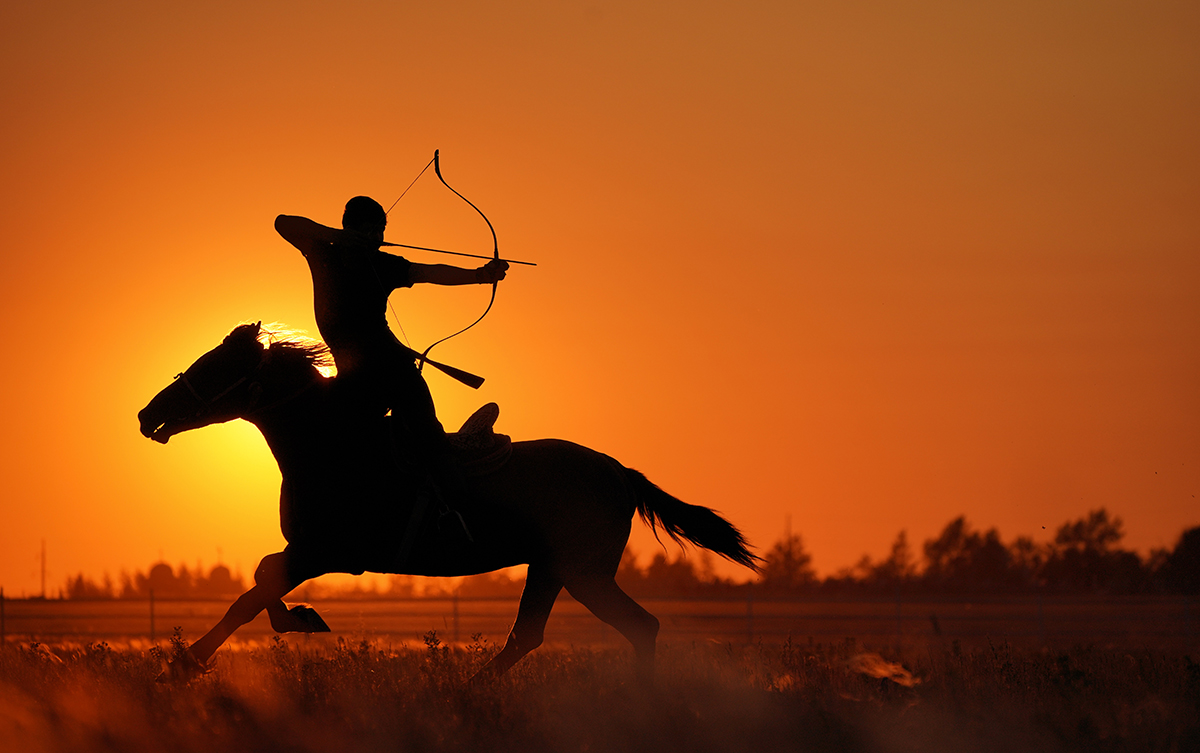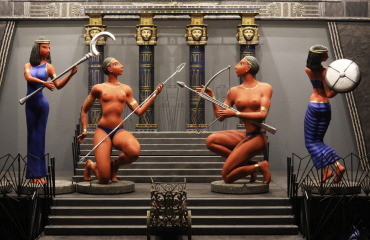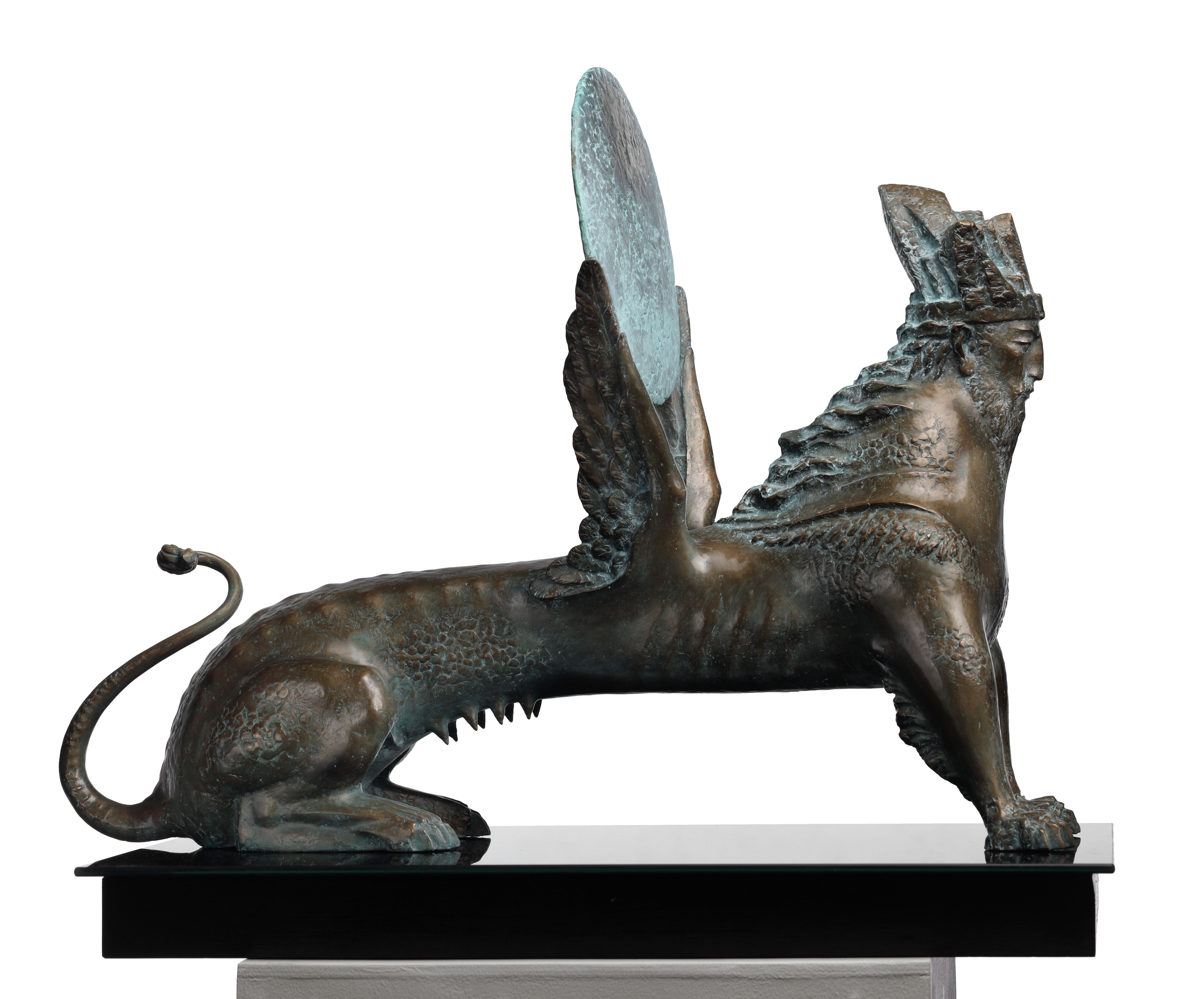Erarta Museum presents a group exhibition by artists whose paintings, drawings, sculptures and collages explore the changing role of sports in society
- The history of sports-related imagery
- Diversity of media
- Most notable phenomena of today’s participation sports
This group exhibition brings together artists from different generations aiming to explore the contemporary sports culture. The enthusiastic catchphrase ‘Sport Means Youth’ chosen as the exhibition title bears semblance both to the mottoes of Soviet sports festivals and to the aggressive affirmations of advertising slogans which are inevitably subject to doubt. A closer look at this questionable declaration, revived by a discourse advocating for certain ideas or promoting certain goods and services, allows us to trace the making of a number of established sports-related patterns.
The sports of the turn of the 21st century have partially retained their genetic affinity to gladiatorial games and peasant blood sports. The works by Mikhail Gavrichkov, Elizaveta Berezina and Andrey Kartashov were apparently inspired by the belligerent nature of bloody combat sports. Boxing and wrestling matches doubtlessly pose a compelling challenge for a graphic artist, bringing forward the skills needed to render defined muscles or build a highly dynamic composition. However, in the first place the artists seem preoccupied with the idea of a wrestler as the ‘inscrutable other’, a person happily indulging his bloody instincts inside the roped-off ring. Interestingly, both Mikhail Gavrichkov and Andrey Kartashov are given to lifting weights nearly as often as holding their painting brushes, thus gaining a better insight into their subjects.
In mid-19th century, rapid urbanization and the advent of clerical workers in need of leisure activities shaped the so-called ‘physical culture’ movement brandishing the ‘Sound Mind in a Sound Body’ slogan. Gyms started to spring up in academic institutions, promoting the cult of an athletic body which culminated in large-scale ‘athlete parades’ and mass sporting events of the 1930s. Traces of machine-like mass body aesthetics have endured within the pop culture not least due to the equally immaculate images perpetuated by such artists as Leni Riefenstahl and Alexander Deyneka. The exhibition contains a number of easily recognizable allusions to this loosely classical — and even loosely totalitarian — tradition.
The proliferation of mass media since the 1950s ushered in a dramatic boost to the popularity of sports shows. The most important achievement of this all-pervasive sports mania was, curiously enough, the increased attention to the man’s inner world and to physiological psychology in particular.
Personal growth as the core value of the modern society implies focused examination of various bodily reactions. Our contemporaries are active like never before, spending less and less time going to the movies or reading for pleasure; present-day urbanites want to blaze their own trail: blog about their thoughts instead of reading someone else’s, play football (or at least get involved in football hooliganism) rather than just watch the game.
The idea of sensory exploration and expansion of the inner space through exercising came to replace the mind-expanding rhetoric of the psychedelic revolution. Extreme sports, with their tendency towards overexertion, shift borders and celebrate performance beyond capacity limits. One illustration of this is the abstract piece by Platon Petrov, a St. Petersburg skateboarding pioneer: his Proun-like skateboard is suspended in the fundamental ollie position, promising the glorious seconds of free-floating through space.
Take note of Anna Karpova’s realistic portraits of pensive yachtsmen from the Gulf of Finland, a body of water scornfully nicknamed ‘the Marquis’ Puddle’ from as early as the 18th century for being of little interest to navigators. Watching us from these portraits are sun-tanned wrinkled boys living a life of sea adventure, the fortunate conquerors of the elements.
Here we can clearly see the former ‘consumer society’ gradually morphing into an ‘experience society’ wherein people are willing to pay not for commodities, but rather for certain experiences lifting them out of their daily grind, be it an outburst of emotion amid the cheering stadium crowd, or possession of the latest model of any vehicle, from skateboard to super speed car.
These phenomena of today’s participation sports are vividly reflected by the artworks displayed in this exhibition.
Featured Artists:
Sergey Belykh, Konstantin Benkovich, Elizaveta Berezina, Dmitry Prosyannikov, Pavel Ignatyev, Alexey Lantsev, Mikhail Gavrichkov, Ilya Zelenetsky, Andrey Kartashov, Vadim Komissarov, Elena Kulik, Andrey Novikov, Peter Pereshivaylov, Platon Petrov, Sergey Rozhnov, Natalia Rumyantseva, Alexander& Svetlana Roschenko, Masha Tregubenko, Yegor Schablykin, Nadezhda Everling, Ivan Tuzov, Semyon Platonov, Alexander Seleznev, Anna Krasnaya, Andrey Zhuravlev, Anna Karpova, Andrey Pomulev, Stanislav Kazimov, Kirill Kipyatkov, Alexandra Efimova, Sergey Karev.













